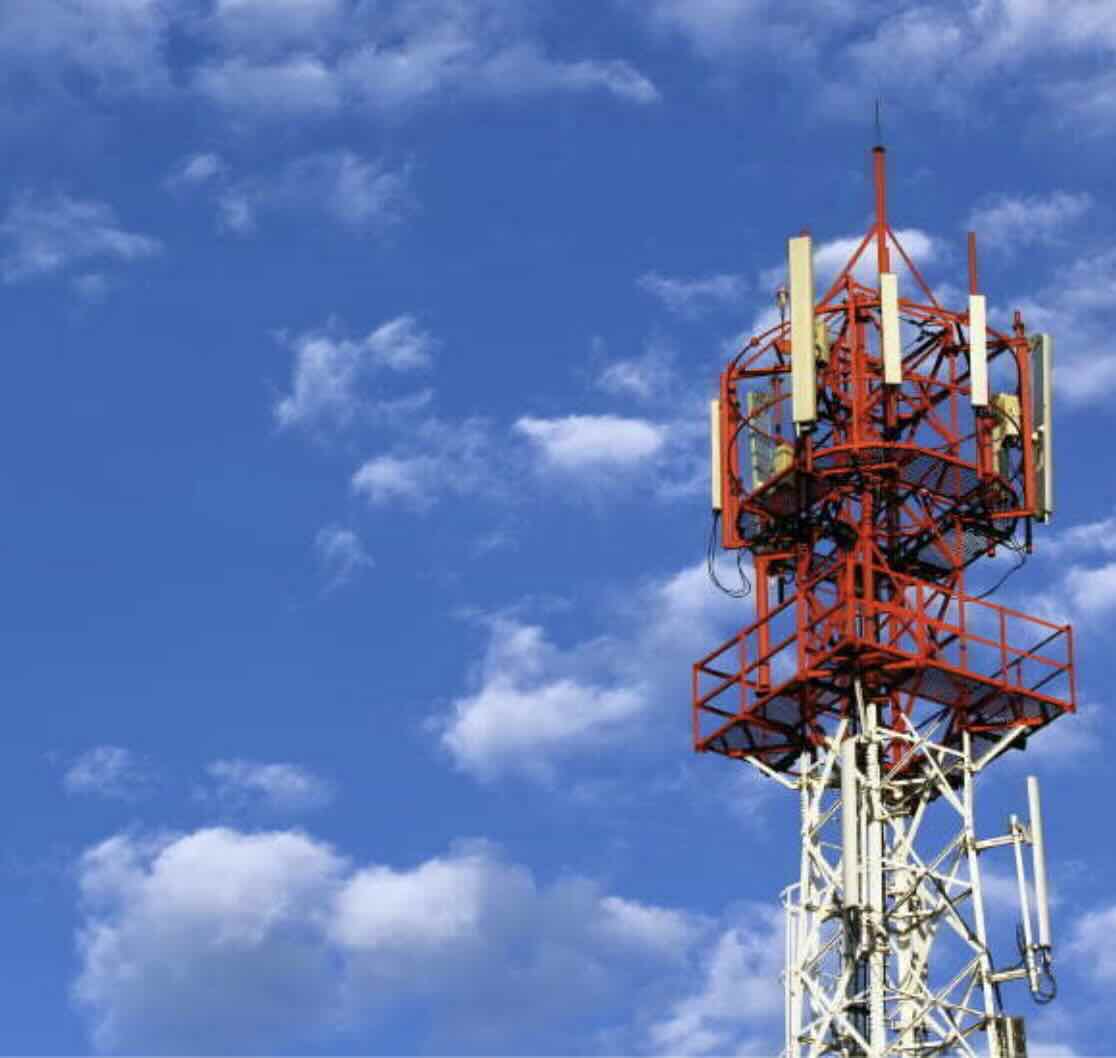
The deployment of 5G networks is progressing rapidly as the demand for faster and more reliable connectivity continues to grow. The standalone (SA) deployment model marks a significant milestone in the evolution of 5G, offering lower latency, increased bandwidth, and improved reliability compared to earlier network configurations. Using Ookla Speedtest Intelligence® data, this article tracks 5G SA deployments since Q2 2023, examines service adoption, and assesses its impact on network performance, with a focus on the U.S.
Key Global Developments in 5G SA
India, the U.S., and Southeast Asia are leading in 5G SA adoption. Early adopters like T-Mobile and SK Telecom launched 5G SA in 2020, with Chinese operators and Jio in India leading in active users. Europe lags behind due to hesitant operators facing low ROI on existing 5G investments. However, Europe has the highest number of operators planning 5G SA launches.
The U.A.E. and South Korea excel in 5G SA performance, with download speeds of 879.89 Mbps and 729.89 Mbps, respectively, and impressive upload speeds. These advancements result from significant local investments in 5G SA and testing advanced features such as network slicing and mobile edge computing (MEC).
U.S. Focus: 5G SA Deployment and Performance
In the U.S., T-Mobile was one of the first operators globally to launch a 5G SA network over 600 MHz spectrum in August 2020, followed by a faster service over 2.5 GHz mid-band spectrum in November 2022. This allowed T-Mobile to maintain its lead in national 5G performance. DISH also made significant strides, pioneering a cloud-native Open RAN-based 5G SA network in June 2023 and expanding coverage to 73% of the population by the end of the year.
Verizon, despite extensive 5G SA testing in 2023, has been slow to deploy a nationwide SA network. Conversely, Rogers Wireless in Canada launched the first 5G SA at the beginning of 2021, a year after introducing 5G NSA.
5G SA Performance Insights
The U.S. saw improvements in 5G SA performance between Q2 2023 and Q2 2024, thanks to access to additional spectrum. Speedtest Intelligence data shows that while many countries experienced declines in 5G SA performance due to increased user base and network traffic, the U.S. and Canada saw enhancements in speed.
Brazil reported higher median download and upload speeds of 474.65 Mbps and 32.36 Mbps in Q2 2024, respectively, compared to the U.S. and Canada. Major Brazilian operators, including Claro, Telefonica (Vivo), and TIM, have launched 5G SA over the 3.5 GHz band, making the service widely available.
Future of 5G SA
Despite a slowdown in 5G SA deployments in 2023, the pace is expected to accelerate in 2024 and beyond, supported by a growing device ecosystem and commercial interest in new 5G use cases. The Global Mobile Suppliers Association (GSA) identified 230 operators investing in public 5G SA networks by the end of June 2024. 5G SA deployments represent over 37% of the 614 operators known to have invested in 5G, either through trials or deployments.
As the ecosystem matures, the availability of more network equipment and devices supporting 5G SA will stimulate the market. The growing popularity and adoption of 5G SA have impacted its performance, with many markets experiencing some degradation compared to 2023. However, 5G SA still offers significantly faster download speeds than 5G NSA and promises new capabilities like network slicing, which will take time to become a reality for most consumers and enterprises worldwide.
At the Forefront of 5G SA
The U.S. continues to be at the forefront of 5G SA deployment and performance improvements, driven by key operators like T-Mobile and DISH. As adoption gains momentum and the ecosystem matures, the U.S. is well-positioned to harness the full potential of 5G SA, offering enhanced connectivity and new technological capabilities to its users.

